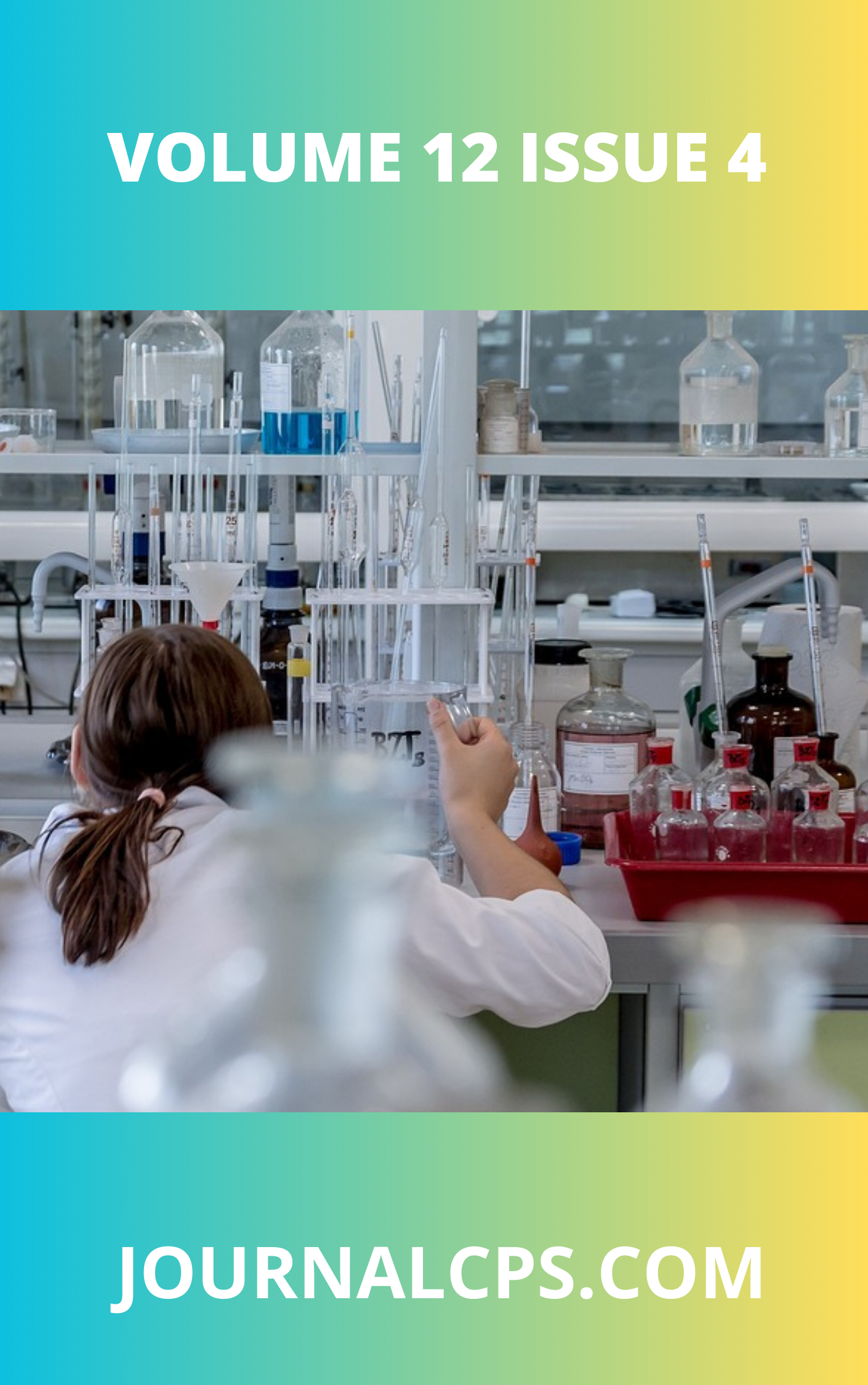Environmental Implications of Quarrying and Waste Management: A Case Study of Okhoro, Benin City
Keywords:
Waste, quarrying, stream sediments, pollution and Niger Delta BasinAbstract
This study assessed the physicochemical characteristics and heavy metal contamination of water sources impacted by a nearby dumpsite, with the aim of evaluating potential environmental and public health risks. A total of 12 samples were collected from leachate (LS), river water (WS), boreholes (BH), and profile pits (PP). Parameters analyzed included pH, electrical conductivity (EC), total dissolved solids (TDS), biochemical oxygen demand (BOD), chemical oxygen demand (COD), nitrate (NO₃⁻), phosphorus (P), and heavy metals such as iron (Fe), lead (Pb), copper (Cu), zinc (Zn), and chromium (Cr). The pH values ranged from 6.4 to 7.4, falling within WHO limits (6.5–8.5), but the EC and TDS exceeded permissible limits in most leachate and some river samples, with maximum EC and TDS values reaching 1846 µS/cm and 1200 mg/L, respectively. BOD and COD values were significantly elevated in leachate samples (up to 10.5 mg/L and 341.44 mg/L, respectively), indicating heavy organic pollution. Ammonia concentrations in leachate peaked at 12 mg/L, far exceeding the WHO limit of 0.5 mg/L, while nitrate concentrations reached 1.31 mg/L. Heavy metals such as Pb exceeded the FEPA limit of 0.05 mg/L in all samples, with the highest concentration observed in WS03 (0.145 mg/L). Iron was highest in WS04 (1.36 mg/L), also exceeding the FEPA threshold of 0.3 mg/L.Statistical analysis included Pearson correlation, which showed strong positive correlations between EC and TDS (r = 0.97), COD and BOD (r = 0.89), and Fe and Pb (r = 0.76), suggesting common pollution sources. One-way ANOVA revealed significant differences (p < 0.05) in BOD, COD, and heavy metals across the different sampling locations. Principal Component Analysis (PCA) extracted three principal components explaining 85.4% of total variance, highlighting organic load, salinity, and metal pollution as key factors. Hierarchical Cluster Analysis (HCA) grouped the sampling sites into three clusters, distinguishing highly contaminated leachate zones from moderately impacted river and borehole locations. Water Quality Index (WQI) values ranged from 102 to 291, classifying most sites as “poor” to “very poor.” Heavy Metal Pollution Index (HPI) values exceeded the critical limit of 100 at all sites, with values ranging from 135.4 to 288.6. Pollution Load Index (PLI) also confirmed significant contamination in leachate and river samples. Overall, the results indicate severe anthropogenic contamination of both surface and groundwater resources due to the proximity of the dumpsite. The findings underscore the urgent need for remediation efforts, groundwater protection strategies, and regular monitoring to safeguard environmental and public health.
Downloads
Published
Issue
Section
Similar Articles
- Itoro U. Okon, Eteyen A. Uko, Aniebiet M. Essien, Rachel S. Okon, H. H. Oronubong, Application of Moringa oleifera as a Natural Coagulant for the Treatment of wastewater from Bakery and Brewery Industries in Uyo, Akwa Ibom State, Nigeria , Communication In Physical Sciences: Vol. 7 No. 4 (2021): VOLUME 7 ISSUE 4
- Eneni Roberts Inala, Okpo Esio Unanaonwi, Species- Specific- Pathogens of Selected Forest Trees in Tropical Secondary Moist Forest of Otuoke, Nigeria , Communication In Physical Sciences: Vol. 8 No. 4 (2022): VOLUME 8 ISSUE 4
- Olawale Babatunde Olatinsu, Segun Opeyemi Olawusi, Mathew Osaretin Ogieva, Electrical Resistivity Characterization of Peat and Clay Profiles at a Suburb of Ota, Southwest Nigeria , Communication In Physical Sciences: Vol. 12 No. 1 (2024): VOLUME 12 ISSUE 1
- Chigozie. Chibuisi, Bright O. Osu, Kevin Ndubuisi C. Njoku, Chukwuka Fernando Chikwe, A Mathematical Investigation of Fuel Subsidy Removal and its Effects on Nigerian Economy , Communication In Physical Sciences: Vol. 11 No. 3 (2024): VOLUME 11 ISSUE 3
- Musa Runde, Preliminary Screening of Medicinal plants in Nigeria for Phytochemicals and Essential Oils Constituents , Communication In Physical Sciences: Vol. 6 No. 1 (2020): VOLUME 6 ISSUE 1
- Adams, Abiodun Emmanuel, Comparative Study of the Proximate Analysis of Shea Butter Seed (Vitellaria paradoxa) Across three Different Locations in the Savanna Region of Nigeria , Communication In Physical Sciences: Vol. 10 No. 3 (2023): VOLUME 10 ISSUE 3 (2023-2024)
- M. Runde, Validation of Perception of Some Nigerians on the Origin and Use of Phyto-remedies in Management of Covid 19; An Overview of Social Media Respondents , Communication In Physical Sciences: Vol. 6 No. 1 (2020): VOLUME 6 ISSUE 1
- Emeka Chima Ogoko, Kelle Henrietta Ijeoma, Gana J. Babaman, Quality Evaluation of Some Brands of Amoxicillin Capsules Dispensed in Lagos State, Nigeria , Communication In Physical Sciences: Vol. 7 No. 4 (2021): VOLUME 7 ISSUE 4
- Olawale Babatunde Olatinsu, Segun Opeyemi Olawusi, Mathew Osaretin Ogieva, Electrical Resistivity Characterization of Peat and Clay Profiles at a Suburb of Ota, Southwest Nigeria , Communication In Physical Sciences: Vol. 12 No. 1 (2024): VOLUME 12 ISSUE 1
- Nnaemeka Emeka Ogbene, Hyacinth Chibueze Inyiama, Frank Ekene Ozioko, Nnamdi Johnson Ezeora, Agbo Chibuike George, Asogwa Tochukwu Chijindu, Application of Green Computing at Nigerian Tertiary Institutions , Communication In Physical Sciences: Vol. 8 No. 4 (2022): VOLUME 8 ISSUE 4
You may also start an advanced similarity search for this article.




